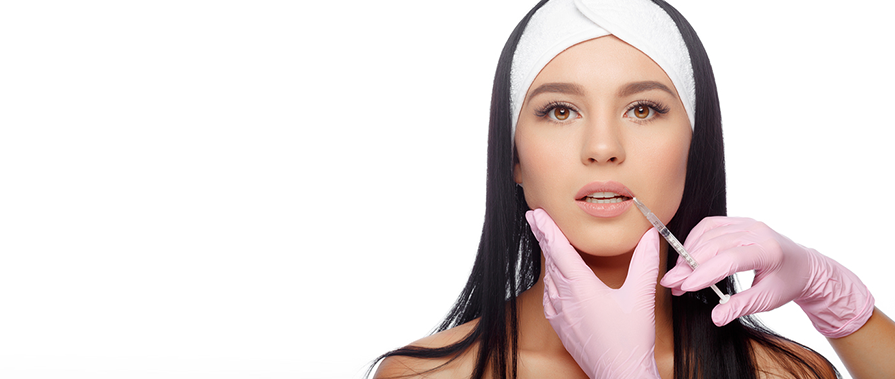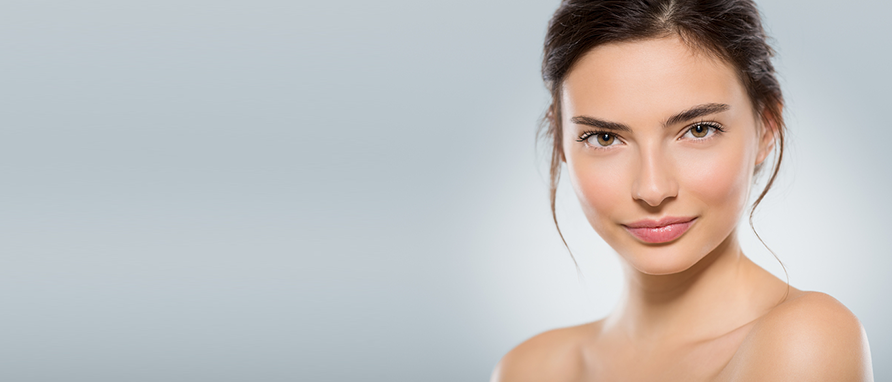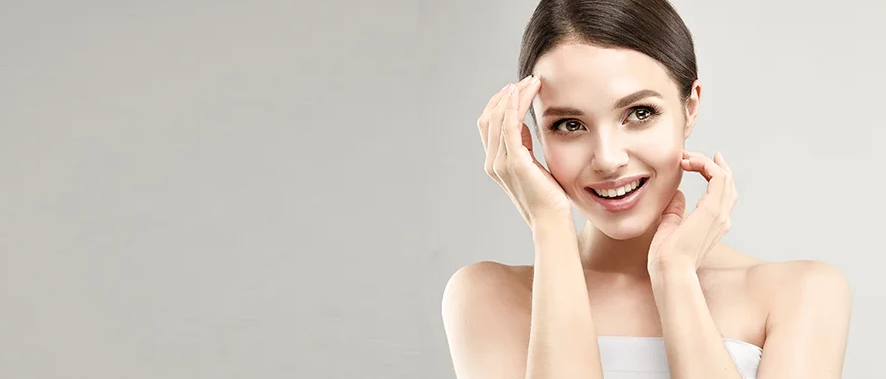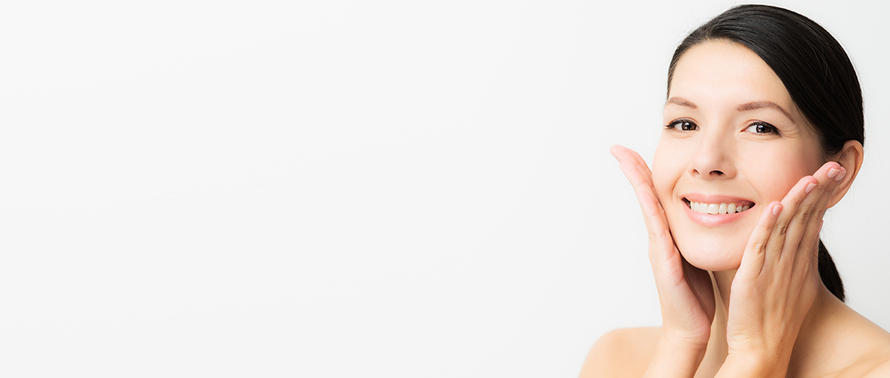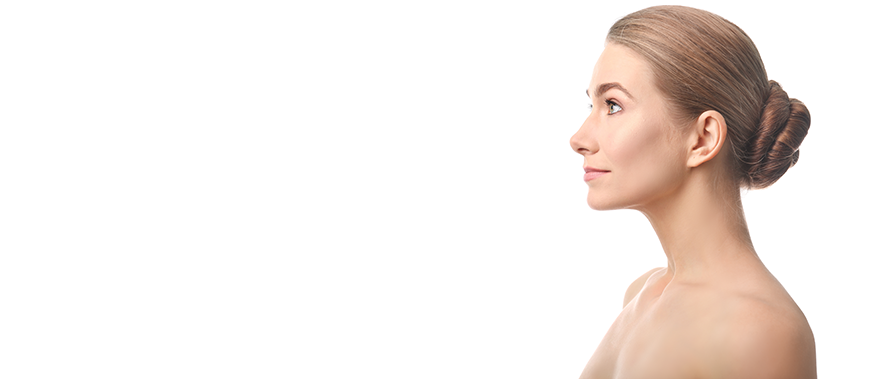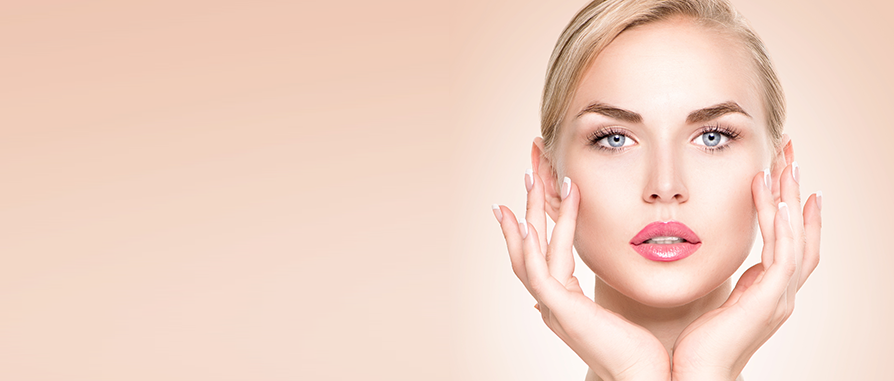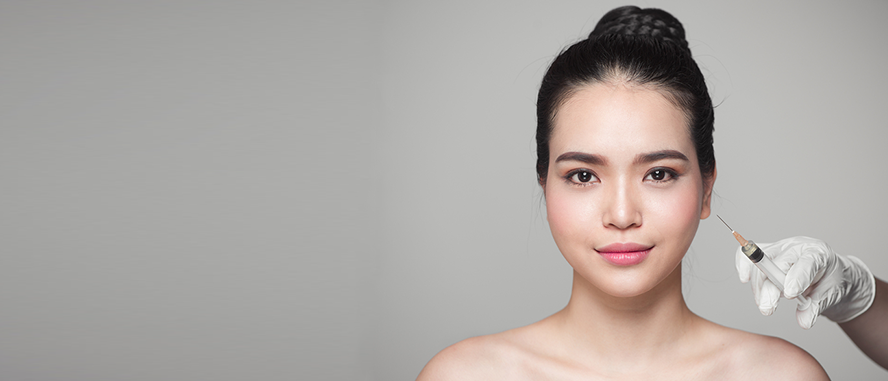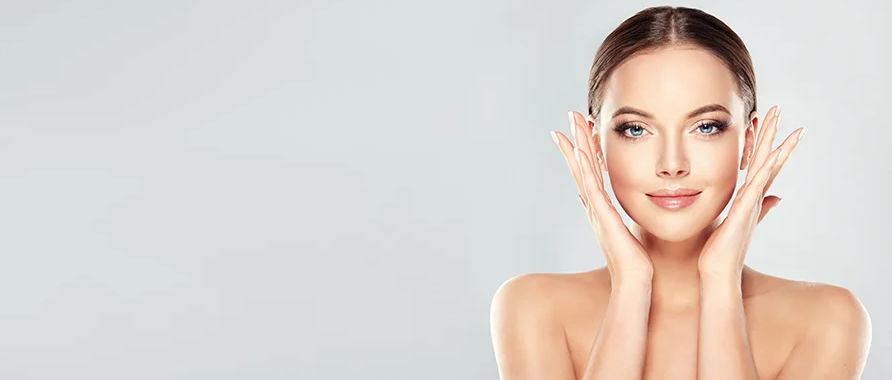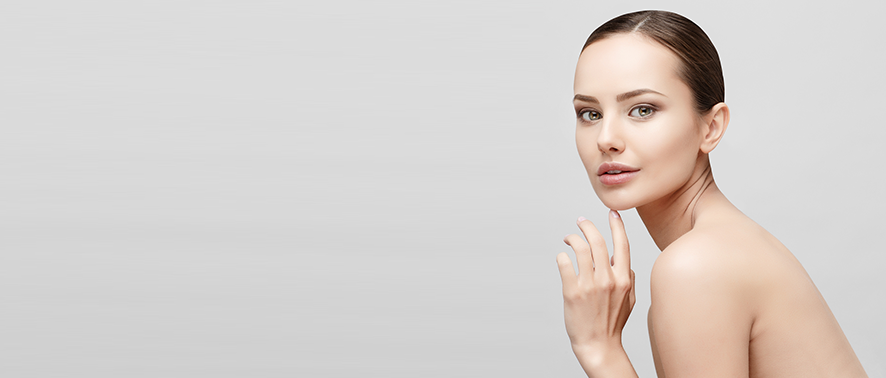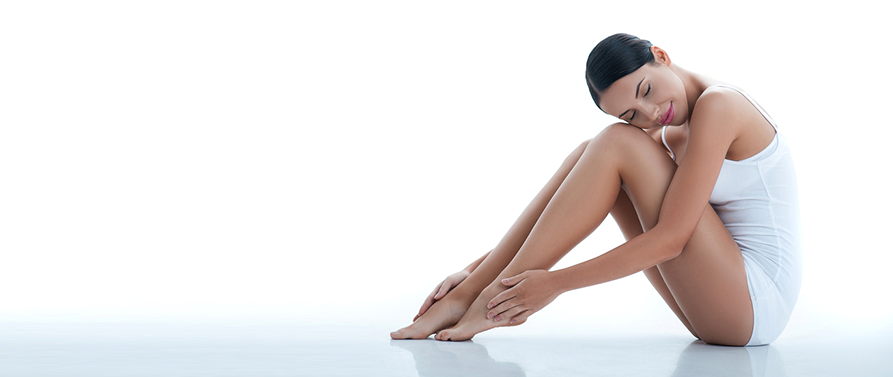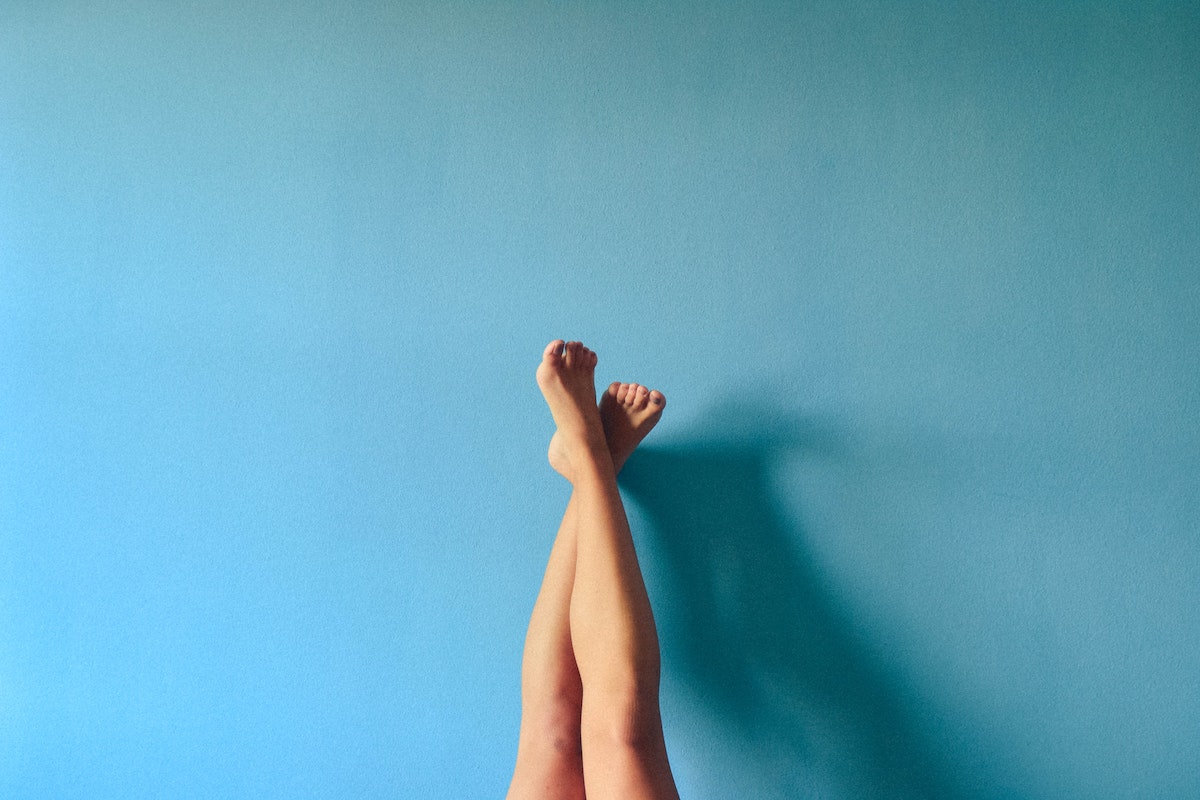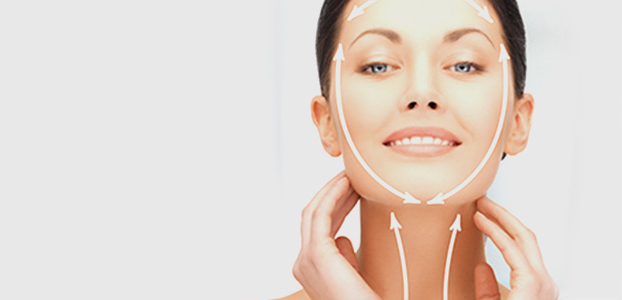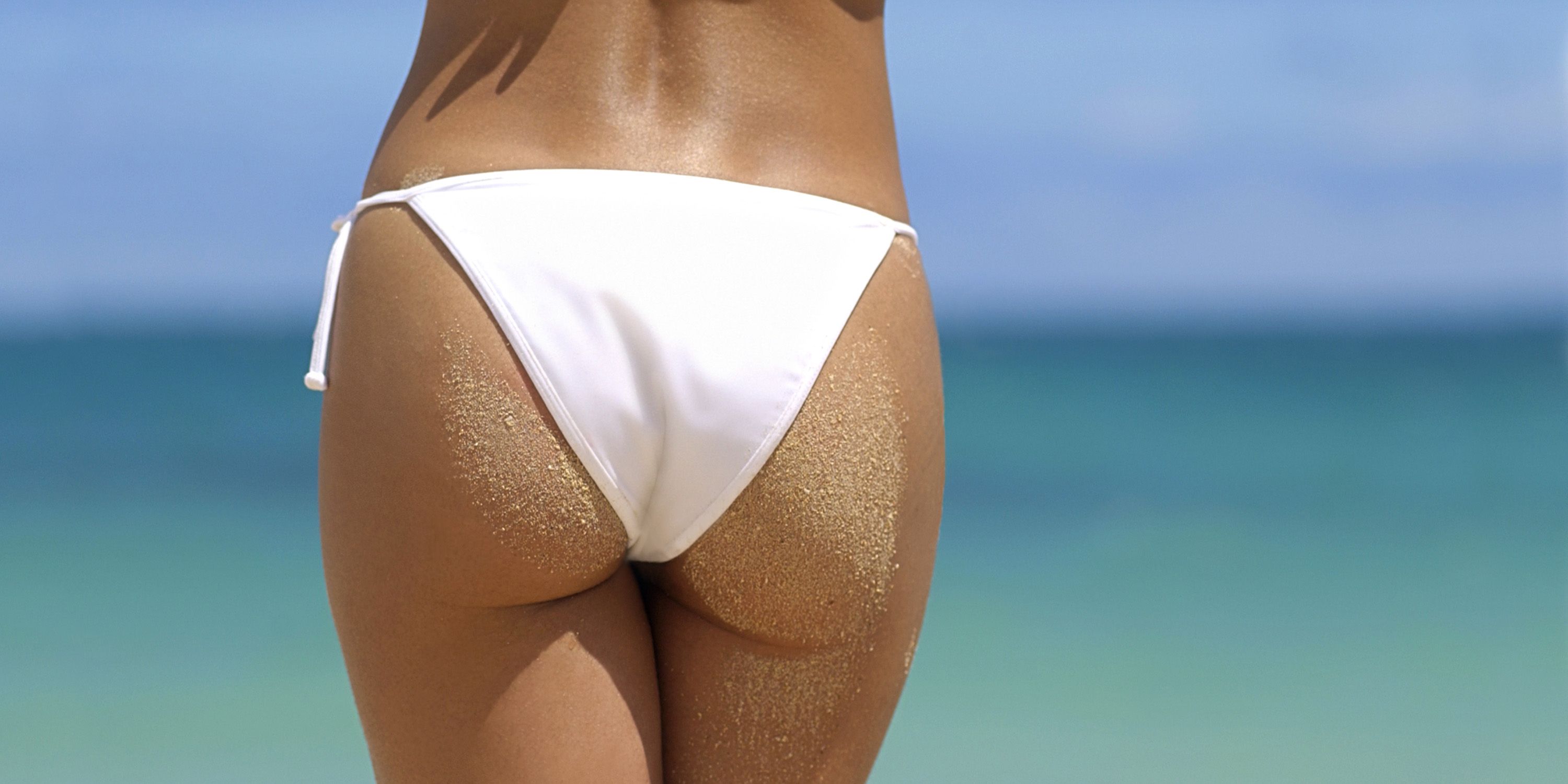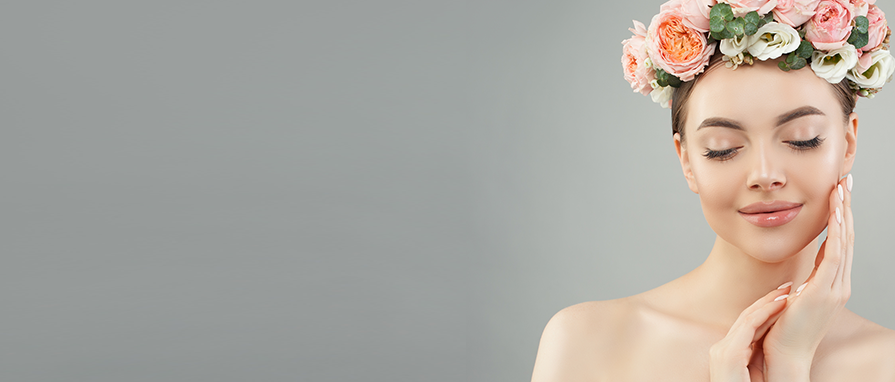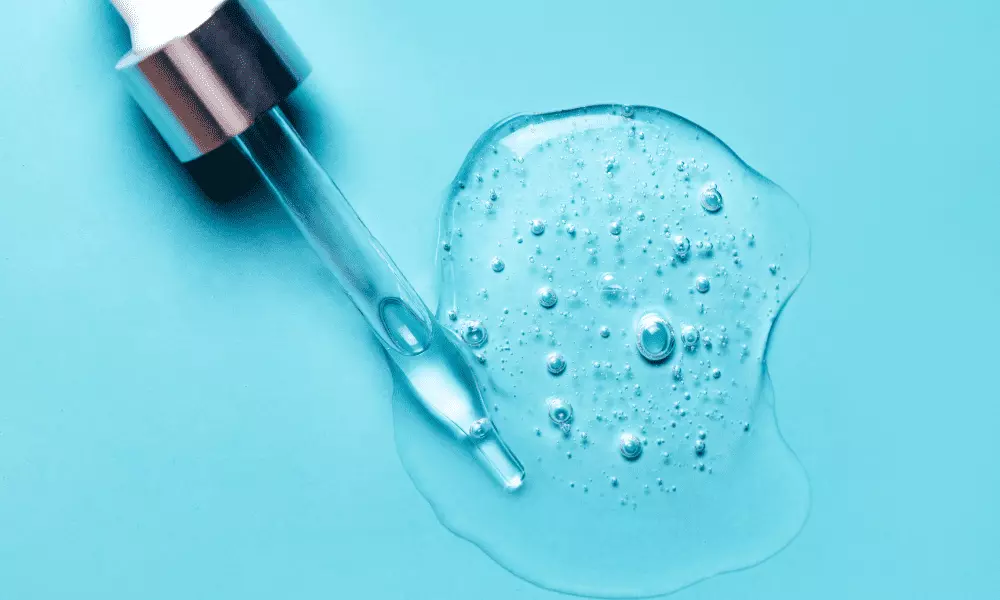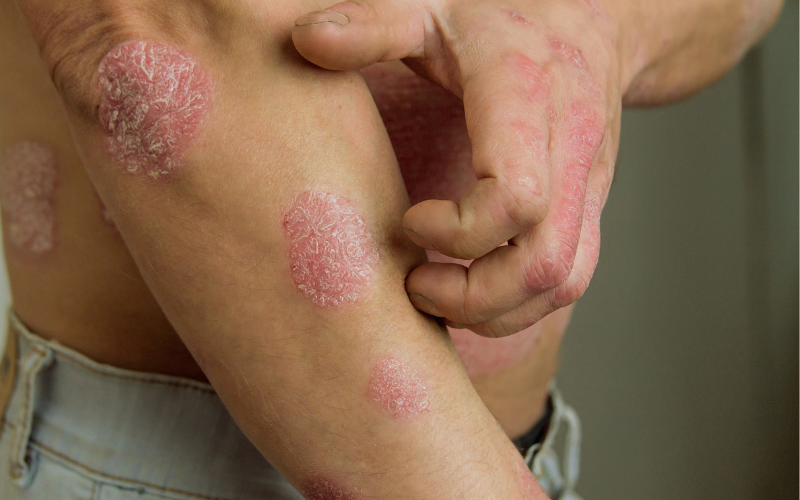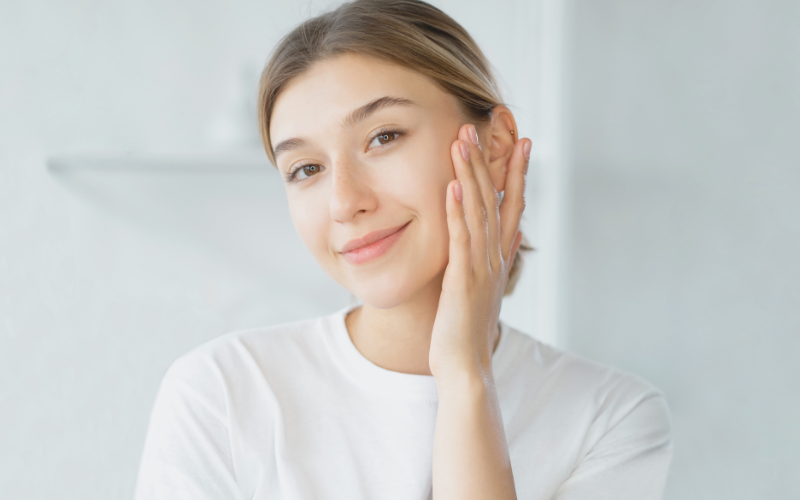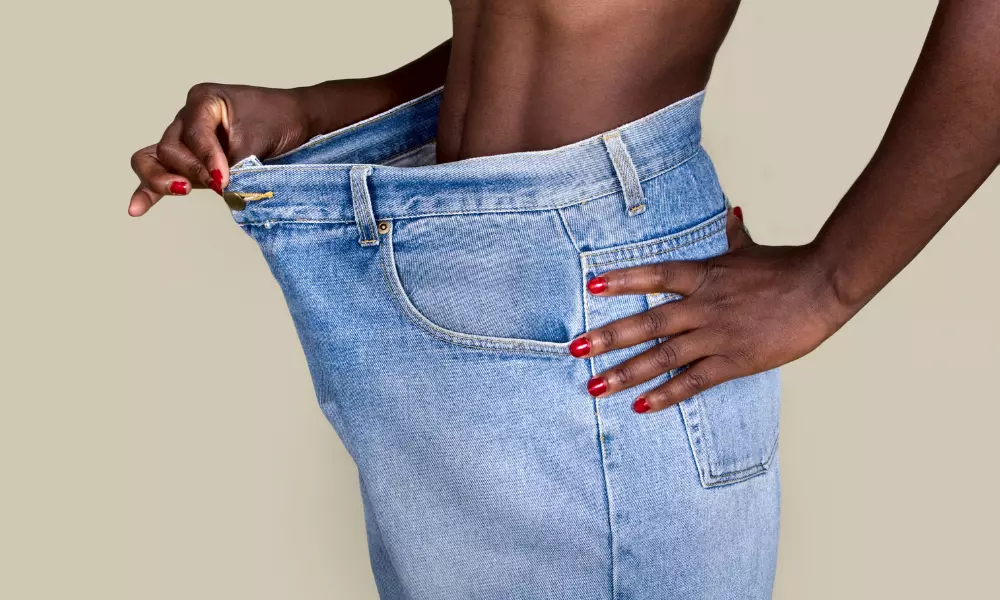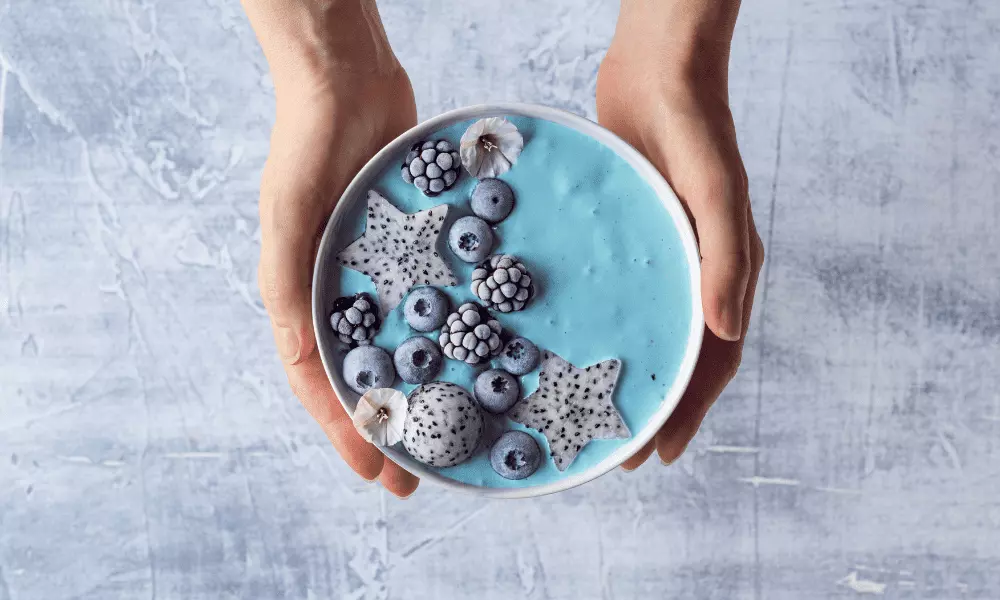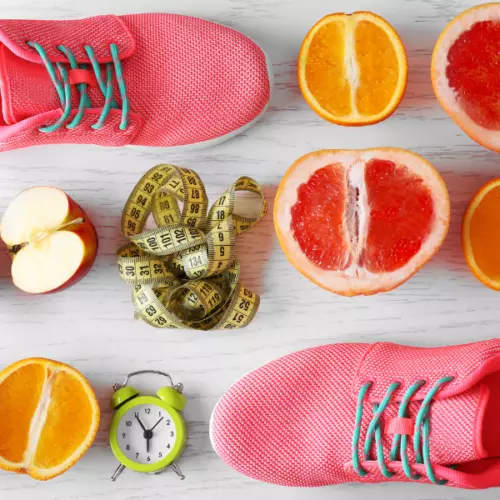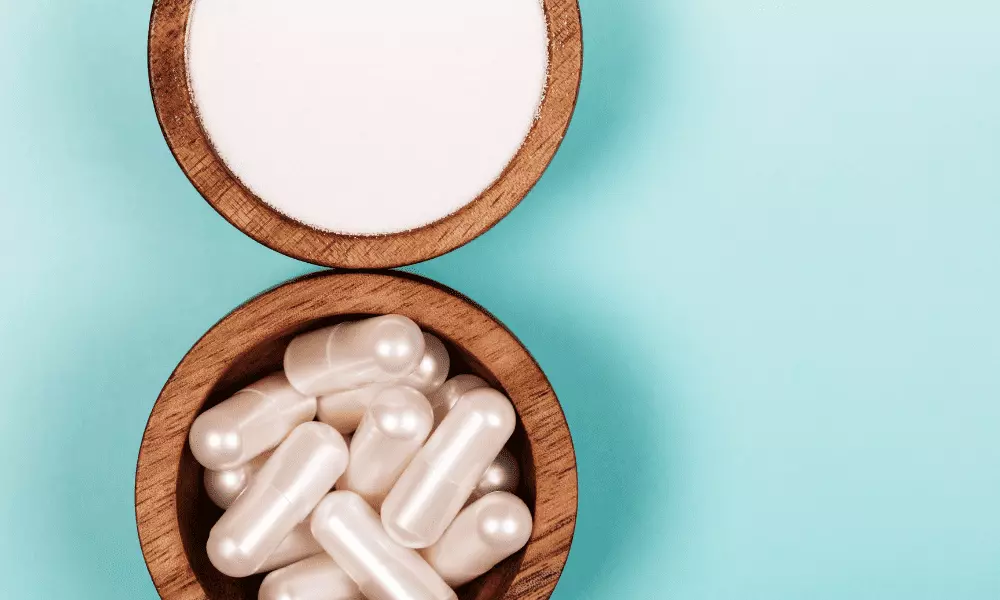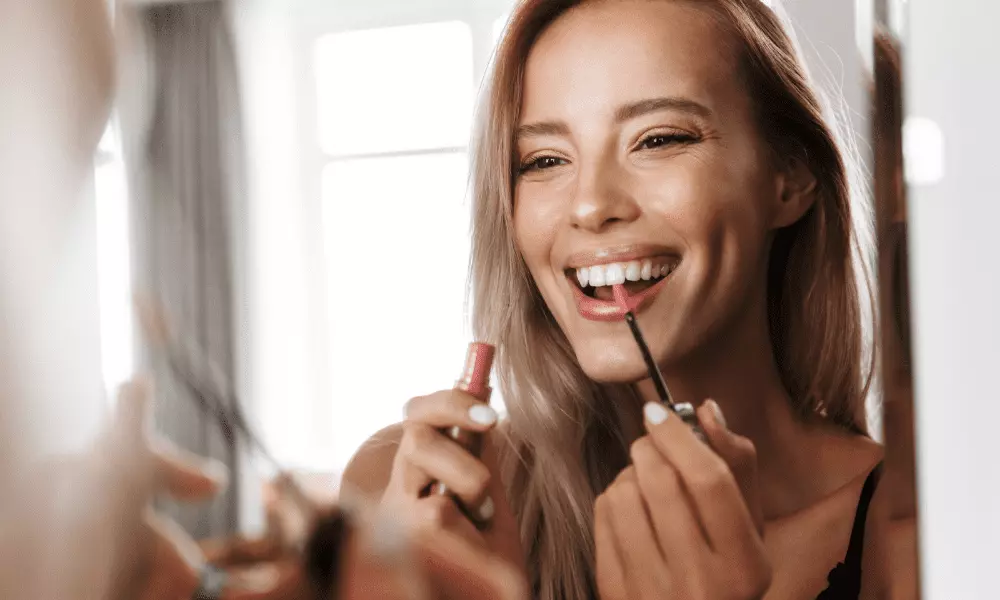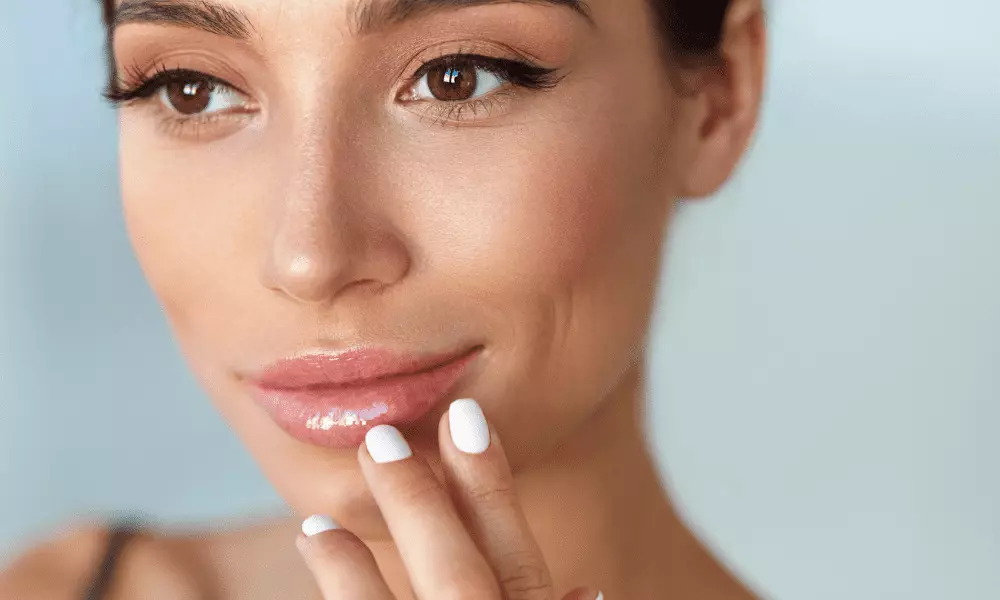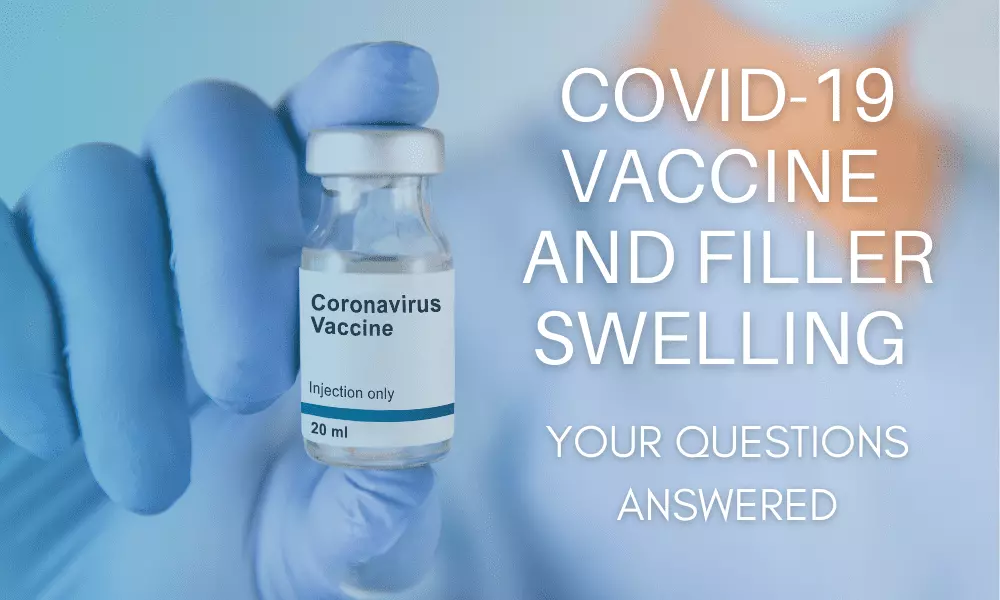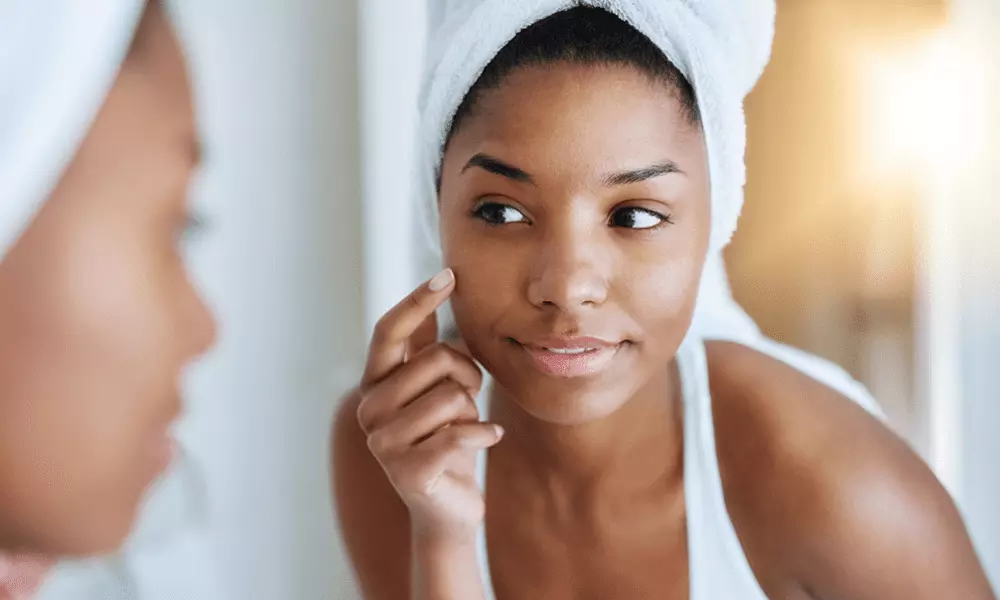Retinol is one of the most popular and widely-used treatment ingredients for everything from acne to wrinkles. But before you jump right into a new retinol regimen, there are a few important things you should know about this ingredient, how to use it, and how not to use it.
1. Retinol is a type of retinoid.
Many people are often confused about the difference between retinol and retinoids. Retinol is one type of retinoid, along with retinyl palmitate, retinoic acid, tretinoin, and others. Retinoids, including retinol, are derivatives of vitamin A, which helps to boost your skin’s cell turnover rate. As a result, retinol can be an effective treatment option for a number of common skin problems, including acne, dark spots, uneven skin tone and texture, and lines and wrinkles.
2. Introduce retinol to your skin slowly.
If you’ve never used retinol before, you will need to introduce it to your skincare routine slowly and gradually. While it comes along with an array of benefits, retinol is also known to cause side effects like dryness, flaking, and redness. Fortunately, by giving your skin a chance to slowly acclimate to this new ingredient, you can significantly reduce or even prevent these side effects.
Generally speaking, you’ll want to start using retinol once every two or three days. If you have sensitive or dry skin, you can start by applying retinol on top of your moisturizer to help slow the absorption rate while your skin adjusts. Work with your skincare professional to create a customized retinol treatment plan that’s right for your skin.
3. Be careful about which ingredients you pair with retinol.
Because it can cause dryness and flaking, retinol should not be paired with certain ingredients that are also known to cause these same side effects. For example, alpha hydroxy acids (AHAs) exfoliate the skin and cause flaking, so these ingredients should not be used in conjunction with retinoids.
Other ingredients that can make the side effects of retinol worse include vitamin C and benzoyl peroxide. On the other hand, retinol pairs great with moisturizers, hydrating cleansers, and sunscreen.
4. Use retinol products at night.
The sun’s UV rays can cause retinoids like retinol to break down faster, thus reducing their effectiveness. For this reason, it is best to apply retinol products at night before going to bed.
Sun exposure can also worsen side effects like dryness, flaking, and redness, so always wear sunscreen during the day while using a retinoid.
5. Retinol is sometimes used to treat rosacea symptoms.
Thanks to its antioxidants and anti-inflammatory properties, retinol can be effective topical treatment options for inflammatory skin conditions like rosacea. But always check with your skincare professional before using a new product for rosacea, as retinol can worsen dryness and redness if not used properly.
If you have rosacea-prone skin, you might only apply retinol every three days to balance its benefits while minimizing side effects. How frequently you use retinol for rosacea or other skin concerns will depend on how well your skin tolerates it.
Other treatment options for rosacea symptoms include BBL laser treatments, prescription treatments like RhoFade, and topical antibiotics. Talk to your dermatologist about the best personalized treatment plan to help you manage and clear rosacea symptoms.
Ready to shop skincare or book your BBL Laser treatments? You can do so here. If you are looking for more information or want to schedule a complimentary consultation at our Boca Raton & Fort Lauderdale located click here. Or call 561-486-9339.






